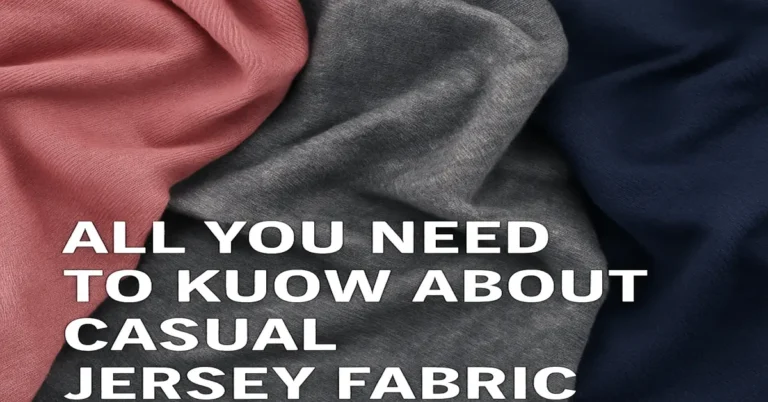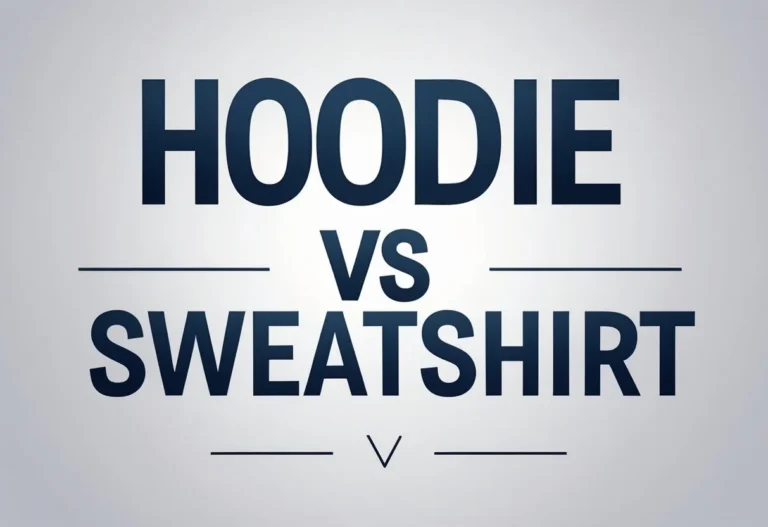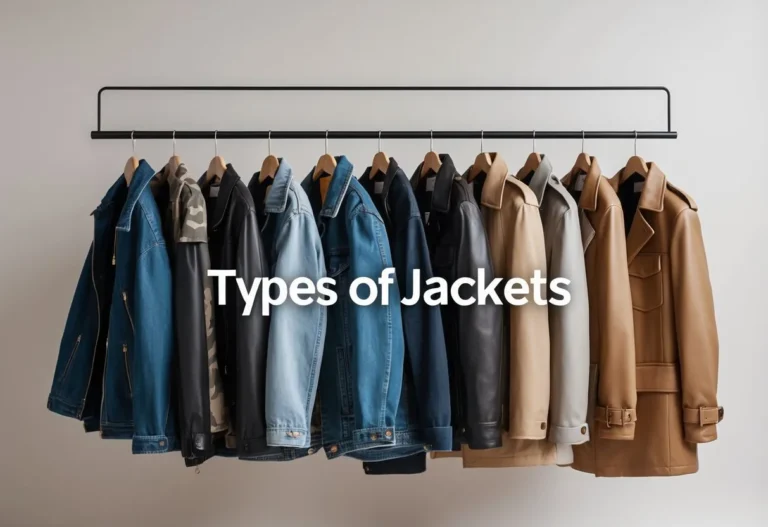Best Color Theory Fashion Ideas for Perfect Outfit Matching
Color plays a vital role in fashion design, influencing not only how clothing looks but also how people feel and respond to it. Every fashion designer needs to understand color theory because it guides the selection and combination of colors to create appealing and meaningful designs that connect with their audience. Knowing how colors interact helps designers build collections that are visually balanced and emotionally engaging.
Designers use tools like the color wheel to explore relationships between colors, such as complementary or analogous hues, which help craft harmonious outfits. They also consider how warm and cool tones affect the mood of their designs, from energetic reds to calming blues. Mastering these basics allows designers to communicate ideas clearly through color and stand out in the competitive fashion world.
Color theory also helps designers choose palettes that match their target market and design goals, making their work both artistic and strategic. It is a foundation that supports every step of the creative process, from inspiration to fabric choice, ensuring that the final pieces resonate with their intended message.
Table of Contents
Key Takeaways
- Understanding color relationships helps designers create balanced, attractive collections.
- Warm and cool colors influence the mood and emotional response to fashion.
- Color theory supports design decisions from concept to final fabric selection.
The Role of Color Theory in Fashion Design

Color theory shapes how fashion designers make choices that affect the look and feel of their collections. It helps them balance colors, evoke emotions, and respond to changing trends. This knowledge supports creating designs that stand out and connect with the audience.
Why Color Theory Fashion Style Matters
Color is one of the first things people notice in fashion. It influences mood, perception, and even purchasing decisions. Designers use color to express ideas and create a story within their work.
Different colors carry emotional meanings. For example:
| Color | Emotion/Meaning |
|---|---|
| Red | Energy, passion, and power |
| Blue | Calm, trust, and stability |
| Yellow | Happiness and optimism |
| Black | Sophistication and authority |
Choosing the right colors helps bring focus to certain design elements and defines a designer’s style. Color can suggest the season, reflect culture, or signal a message. In this way, color moves beyond decoration to become a vital part of fashion design.
Connection Between Color Theory and Fashion Trends
Fashion designers rely on color theory to predict and shape trends. Using color harmonies like complementary or analogous palettes, they create collections that feel fresh and cohesive. For instance, combining colors opposite on the color wheel yields vibrant, eye-catching outfits.
Trends often follow seasonal color shifts influenced by cultural moods, economic factors, and popular themes. Designers reference tools such as the Pantone Color of the Year to guide their choices. This connection ensures collections feel current while maintaining balance.
Through color theory, designers also navigate global markets by understanding how colors are perceived differently across cultures. This awareness helps avoid missteps and strengthens a brand’s identity worldwide.
Understanding the Fashion Color Wheel

The fashion color wheel organizes colors to show their relationships. It helps designers find colors that work well together by highlighting basic, mixed, and blended hues, guiding clear and effective choices in creating color combinations.
Primary, Secondary, and Tertiary Colors
The color wheel starts with primary colors: red, yellow, and blue. These colors cannot be made by mixing others. They form the base for all other colors on the wheel.
Mixing two primary colors creates secondary colors: green, orange, and violet. For example, red and yellow make orange, blue and yellow make green, and red and blue make violet.
Tertiary colors are blends of one primary and one secondary color. Examples include red-orange, yellow-green, and blue-violet. These colors add variety and depth to any palette, allowing for richer designs and smoother transitions between hues.
How the Color Wheel Shapes Design Choices
The color wheel helps designers understand how colors interact and balance each other. It guides decisions on color combinations like complementary, analogous, and triadic schemes.
Complementary colors lie opposite each other on the wheel (e.g., red and green). When paired, they create strong contrast and visual interest but can overwhelm if overused.
Analogous colors sit next to each other (like blue, blue-green, and green). These create harmony and a soft, unified look.
Designers use these relationships to control mood, focus, and balance in fashion, making the color wheel an essential tool for thoughtful and strategic color selection.
Fundamental Color Theory Concepts for Designers

Color is not just about choosing a hue. It also involves understanding variations like lighter or darker versions of the color and how different colors relate to one another. These ideas help designers create balanced and visually appealing fashion collections.
Shades, Tints, and Tones Explained for Color Theory Fashion
Shades, tints, and tones are variations of a base color that change its appearance and mood. A shade is made by adding black to a color, making it darker. This adds depth and often creates a more formal or serious feel. A tint is created by adding white, making the color lighter and often softer or more delicate. A tone results from adding gray, which mutes the color, making it less intense and more subtle.
Fashion designers use these variations to add complexity and richness to their work. For example, a deep burgundy shade can suggest elegance, while a pastel pink tint offers softness. Tones provide middle ground that can balance stronger hues in an outfit.
Color Relationships and Harmonies
Understanding how colors relate to each other is vital in producing pleasing combinations. The color wheel groups colors into primary, secondary, and tertiary categories. Designers use this tool to find harmonies — combinations that work well together.
Common harmonies include:
- Analogous colors: colors next to each other on the wheel, like blue and green. They create calm and cohesive looks.
- Complementary colors: colors opposite each other, like red and green. These combos bring bold contrast and energy.
- Triadic colors: three evenly spaced colors on the wheel, such as red, yellow, and blue, which create vibrant balance.
By mastering color harmony, designers can shape emotions and style through thoughtful color choices.
Building Fashion Color Palettes and Schemes

A strong color palette guides the mood and style of a fashion collection. Choosing the right colors and understanding how they interact creates a cohesive and visually appealing result. This section focuses on creating palettes for garments and understanding three key color schemes used in design.
Developing Color Palettes for Garments
Designers start by selecting a main hue that reflects the theme or mood of the collection. They often add different shades, tones, and tints of this color to add depth while keeping consistency. For example, a palette might feature deep navy, sky blue, and teal for a cool, calming effect.
In addition to variations of one color, designers include neutral tones like white, black, or gray. These neutrals balance brighter colors and give a collection more versatility. When designing garments, the fabric’s texture and lighting also influence how colors appear, so samples should always be tested in real conditions.
Exploring Color Schemes: Complementary, Analogous, Triadic
Color schemes are frameworks for combining colors that work well together. Complementary colors are opposite each other on the color wheel, such as red and green. This scheme creates strong contrast and energy, suitable for bold, attention-grabbing pieces.
Analogous colors sit next to each other on the wheel, like blue, blue-green, and green. This scheme offers harmony and a more subtle, calm look. It’s useful when a designer wants a collection that feels unified but not overwhelming.
Triadic colors use three colors spaced evenly around the wheel, like red, yellow, and blue. This scheme offers balance with vibrancy, allowing designers to experiment with variety while maintaining harmony. Triadic palettes work well for lively and playful fashion lines.
Warm vs. Cool Colors and Their Impact in Fashion

Colors carry different energies that influence how garments look and how people feel wearing them. Understanding the temperature of colors helps fashion designers create collections that connect emotionally and visually with their audience. This knowledge guides decisions on fabric choices and styling for different occasions and climates.
Distinguishing Warm Color Theory Fashion
Warm colors include reds, oranges, and yellows. They give off energy, warmth, and excitement. These tones often attract attention and are common in festive or ethnic wear. Warm colors can make a person appear more vibrant and lively, fitting for events that demand strong visual impact.
Cool colors consist of blues, greens, and purples. They evoke calmness, trust, and sophistication. These shades are usually favored in corporate and formal wear for their soothing effect. Cool tones tend to recede visually, offering a more subtle and balanced look compared to warm tones.
In visuals or garments, warm colors advance toward the eye, making pieces appear closer or more prominent. Cool colors seem to recede, giving a design or outfit depth and a relaxed feel. Fashion designers must consider these traits when placing colors within an ensemble to achieve harmony and desired focus.
Selecting Colors for Seasonal Collections
Seasonal fashion collections often lean heavily on warm or cool palettes to fit the mood and climate of the period. For spring and summer, cool colors such as light blues, soft greens, and lavenders dominate to reflect freshness and calmness. These shades tie into the natural environment and appeal to consumers seeking relief from heat.
By contrast, fall and winter collections usually highlight warm tones like deep reds, burnt oranges, and mustard yellows. These colors align with the changing leaves and colder temperatures, providing a feeling of coziness and energy. Warm hues in these seasons can also boost emotional warmth when fabrics are heavier.
Designers mix warm and cool tones strategically to balance warmth and coolness within a collection. This allows for versatility and broad appeal, enabling customers to create layered looks that transition well across seasons. Understanding which temperature group aligns with the season helps in making purposeful color choices that connect with buyers.
Color Psychology and Emotional Impact in Fashion Design

Color plays a crucial role in how fashion designs are perceived and felt. Different colors can trigger specific emotions and reactions, influencing how a garment connects with its wearer and audience. Designers use these effects strategically to shape mood and style.
How Colors Influence Mood and Perception
Colors evoke distinct emotional responses. For example, red often symbolizes energy and power, making it popular for bold, statement pieces. Blue tends to create a feeling of calmness and trust, fitting well with professional or relaxed clothing. Yellow brings warmth and optimism, while black suggests sophistication and authority.
These emotional triggers affect not just mood but also consumer behavior. Wearing certain colors can boost confidence or create a sense of comfort. Designers choose colors with these psychological effects in mind to connect their collections to specific feelings or messages.
Personalization: Considering Skin Tones in Color Choices
Choosing colors that complement skin tones enhances the wearer’s appearance and comfort. Warm skin tones often suit earthy colors like olive green, warm reds, and mustard yellow. Cooler skin tones usually look better with blues, purples, and jewel tones.
Fashion designers understand this personalization helps garments look more flattering and inviting. Ignoring skin tone can make colors appear dull or harsh. Matching colors to skin tone supports the emotional impact by making the wearer feel confident and attractive, reinforcing the connection between color psychology and personal style.
Applying Color Theory: From Mood Boards to Fabric Selection

Successful use of color theory starts with organizing ideas and ends with choosing the right materials. The process involves visual planning tools and careful fabric choices to ensure colors look their best and create the intended impact.
Creating Mood Boards for Inspiration
Mood boards are essential bridges between concept and creation. Designers gather images, color swatches, textures, and patterns to create visual collections that guide color decisions. This tool helps clarify the mood and emotional tone a designer wants to evoke.
A well-made mood board highlights key colors and their harmonies. It can show complementary or analogous color schemes side by side for clear comparison. Digital platforms or physical boards both work, but what matters most is how the mood board supports consistent color choices.
Mood boards also allow designers to test how different colors and combinations interact before committing to fabrics. This reduces mistakes and keeps collections visually balanced. The board becomes a reference point throughout the design process.
Choosing Fabrics to Enhance Color Choices
Fabric selection impacts how colors appear in the final product. Textures, fiber types, and finishes change the way colors reflect light and feel to the eye. Designers must consider how a fabric’s properties interact with color intensity and hue.
For bright colors, fabrics with smooth surfaces often make the colors pop. Matte or textured fabrics might soften or dull the same colors, altering the mood. Meanwhile, certain fabrics absorb dyes differently, affecting color richness and consistency.
Testing fabric samples under various lighting is critical. Light can shift the perception of color dramatically. Fabric choice also influences how colors wear over time, affecting the longevity of the look and customer satisfaction. Good fabric selection supports both the aesthetic and practical goals of a collection.
Frequently Asked Questions
Color Theory Fashion affect trends, mood, and wearer perception. Designers use color theory to create collections that suit seasons, skin tones, and brand messages. Understanding color harmony and psychological effects helps designers connect with their audience.
How does color theory influence seasonal fashion trends?
Seasonal trends often revolve around color palettes that match the mood of the time of year. Designers select warm colors like reds and oranges for fall to evoke warmth. In spring and summer, cool and bright tones such as blues and yellows create a fresh, energetic feel.
Color relationships on the color wheel guide trend cycles. For example, complementary and analogous schemes frequently appear in seasonal collections to provide visual harmony.
What principles of color theory help in choosing clothes to complement skin tones?
Designers consider hue, saturation, and brightness to match clothing to skin tones. Warm skin tones usually pair well with warm colors like mustard yellow or coral red. Cool skin tones often benefit from blues and purples.
The contrast between a person’s skin and clothing color can highlight or soften features. Using light and dark shades within the same hue can add depth and balance to an outfit.
In what ways do fashion designers incorporate color theory in their collections?
Designers use the color wheel to develop palettes that express specific moods or messages. They combine primary, secondary, and tertiary colors carefully to ensure balance and visual interest.
Color harmony types such as complementary, triadic, and monochromatic schemes help create cohesiveness across a collection. Color choices also emphasize key pieces or sections within a design.
Can you explain the psychological impact of colors in clothing and fashion design?
Color Theory Fashion emotional responses in viewers and wearers. Red can convey passion or energy, while blue often suggests calmness or authority. Yellow tends to evoke feelings of warmth and optimism.
Designers apply these effects intentionally to influence how a collection is perceived. Using color psychology helps brands communicate their values and connect with their target audience.
Where can one find comprehensive resources on color theory for fashion design?
Many online guides and courses cover color theory fundamentals tailored to fashion. Fashion design books often include sections on the color wheel, harmony, and psychological effects.
Fashion design apps may also offer interactive color wheels and palette generators. Professional design programs sometimes integrate color theory tools for practical use.
How is color theory applied differently in men’s fashion compared to women’s fashion?
Men’s fashion often uses more muted or neutral palettes, prioritizing subtle variations in tone and shade. Women’s fashion tends to allow for a broader range of bright or pastel colors.
Color schemes in men’s collections focus on versatility and classic combinations. In women’s fashion, designers may experiment more with bold contrasts and varied harmonies to create visual impact.







